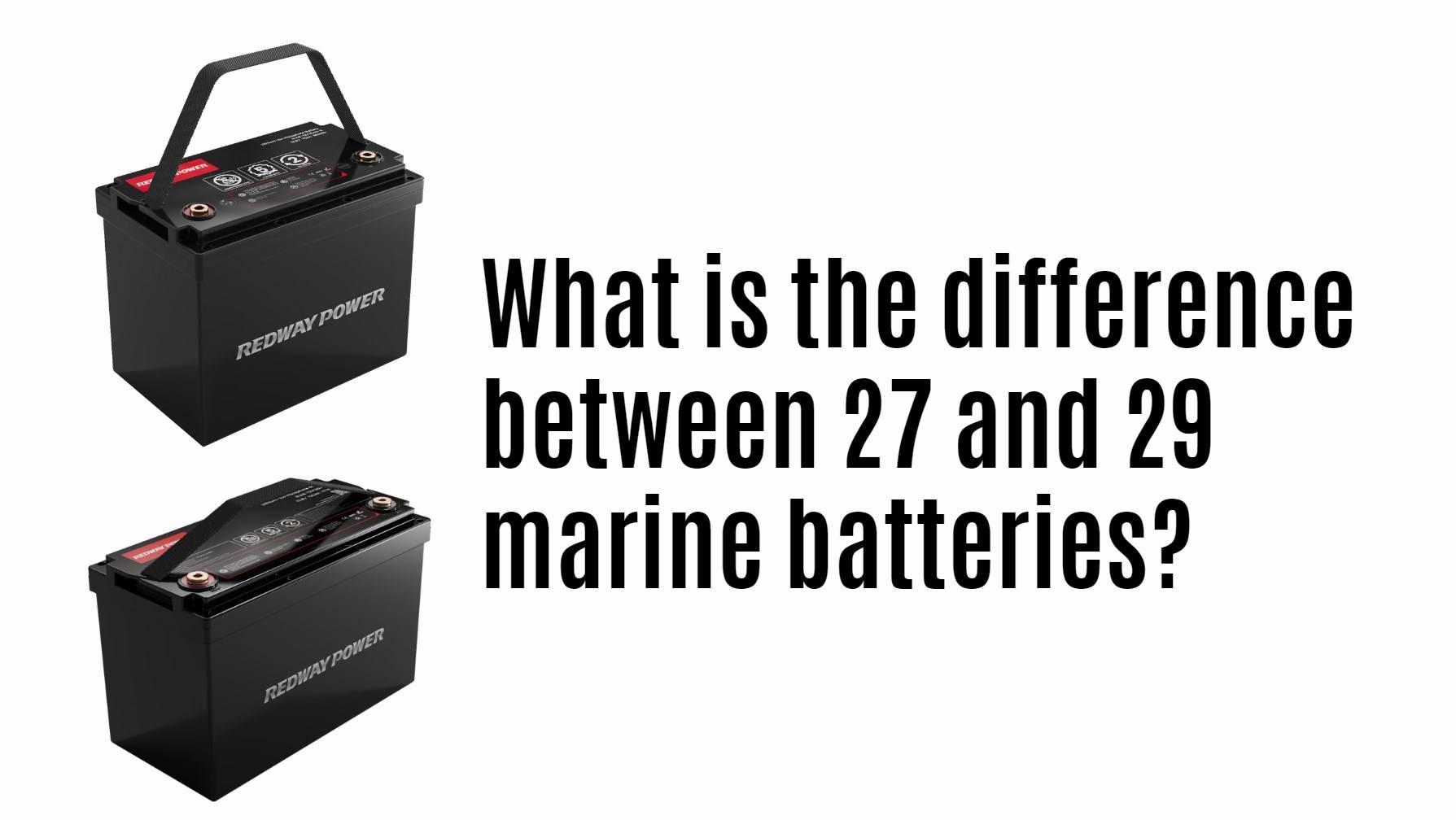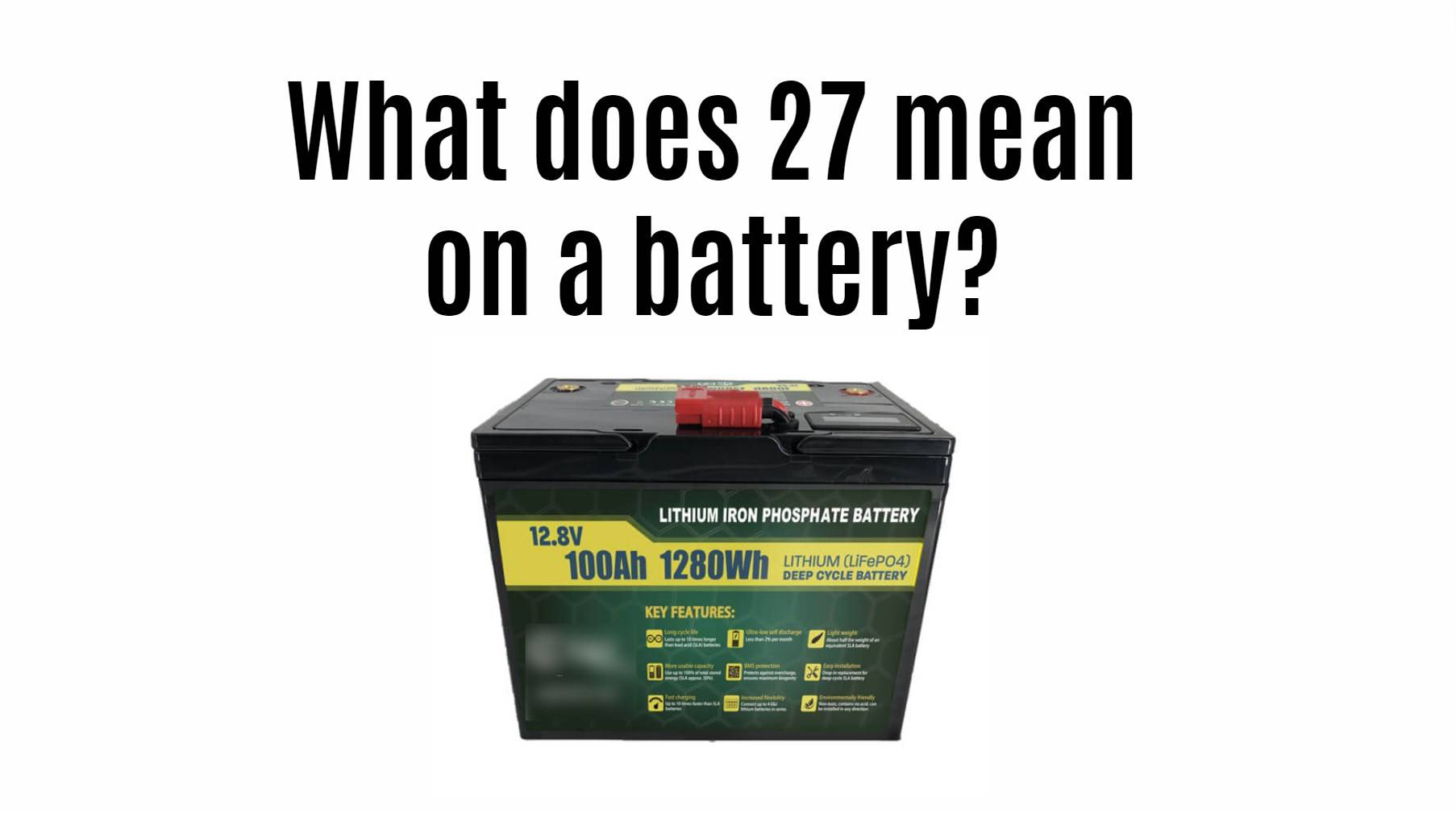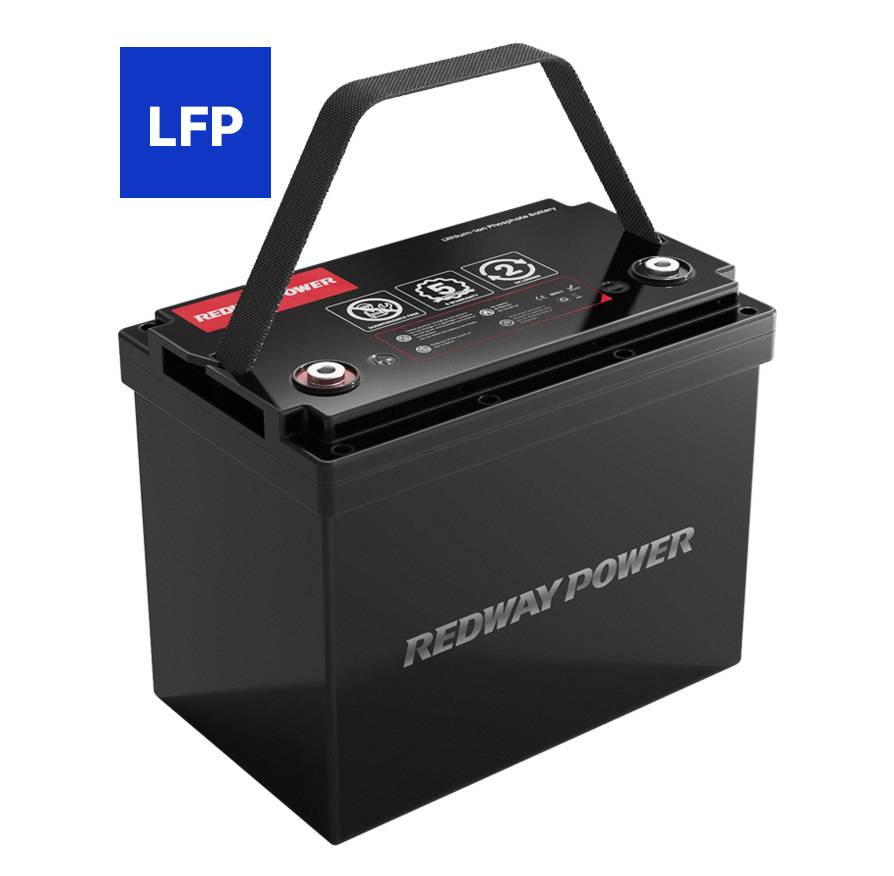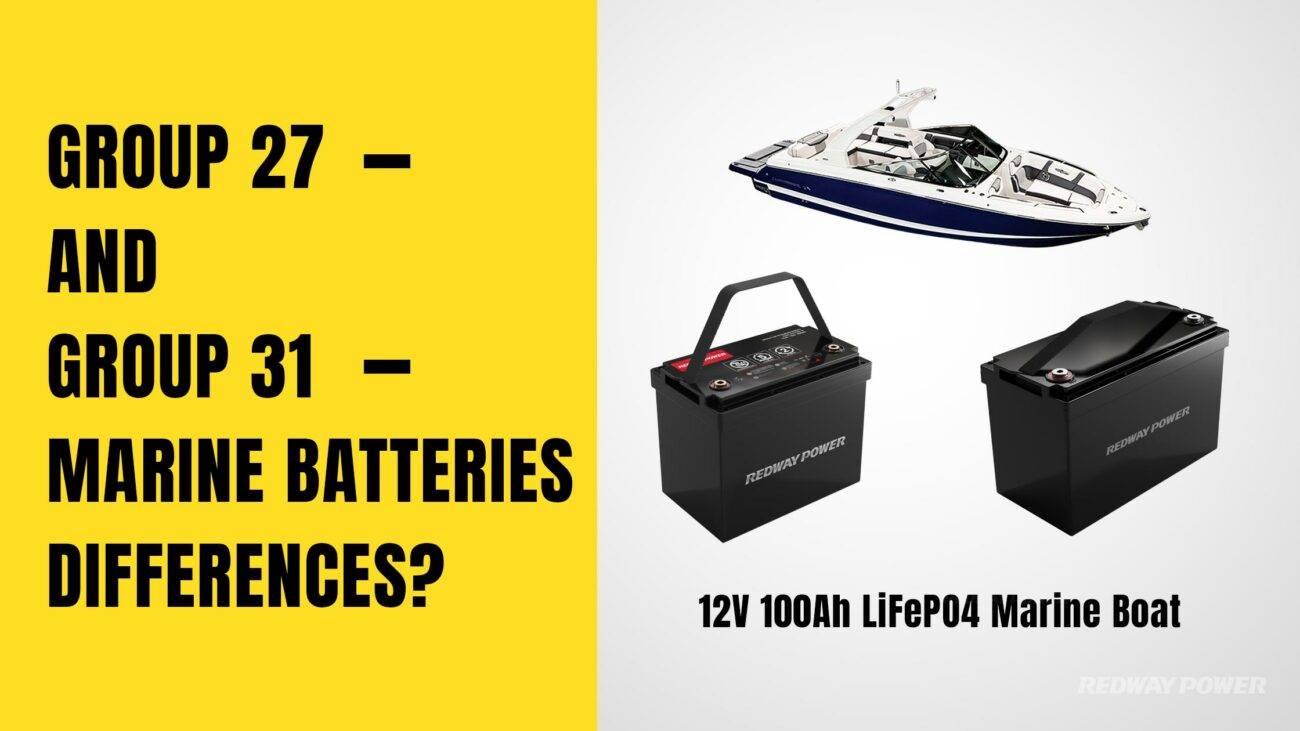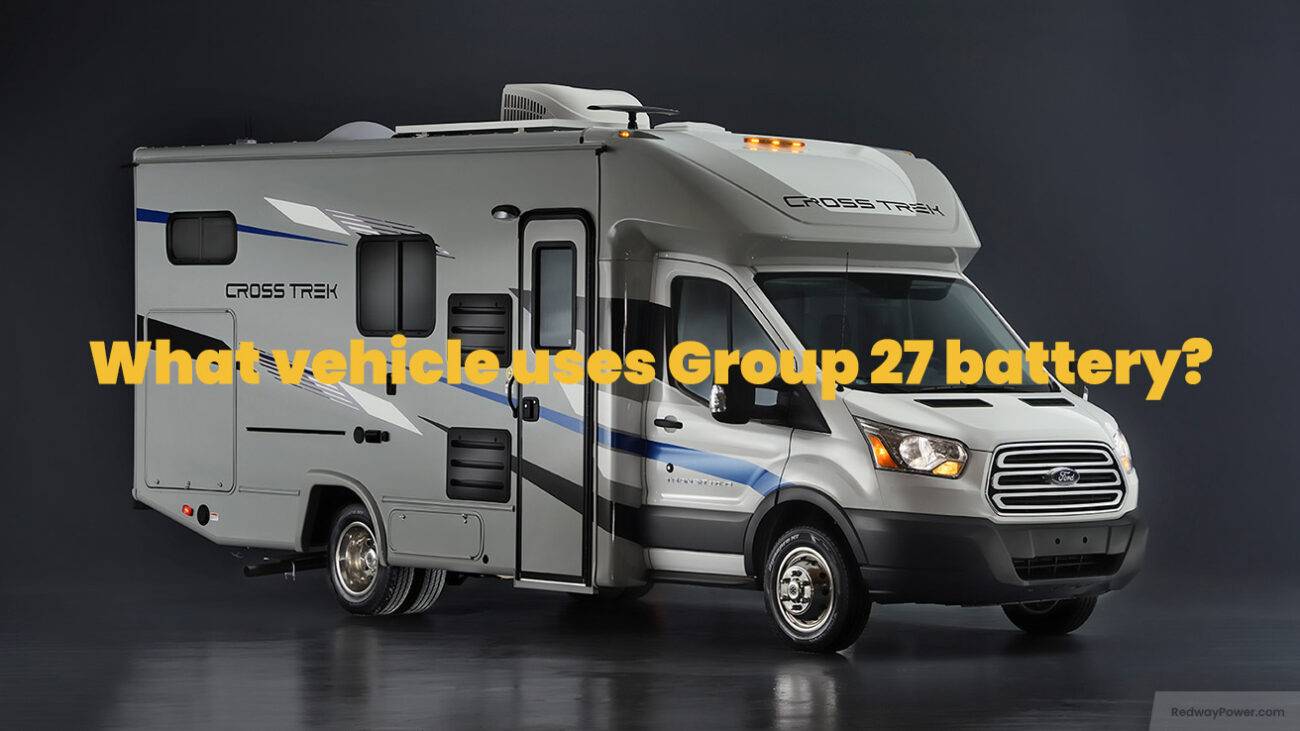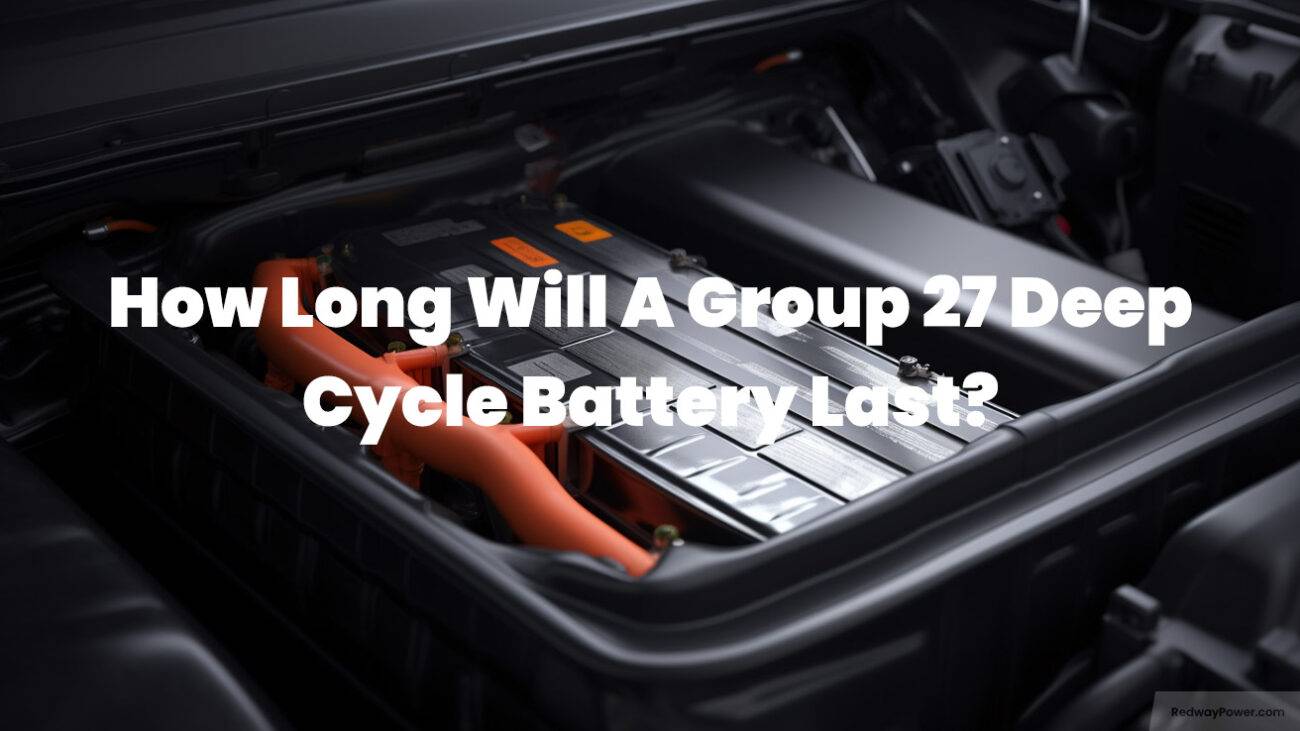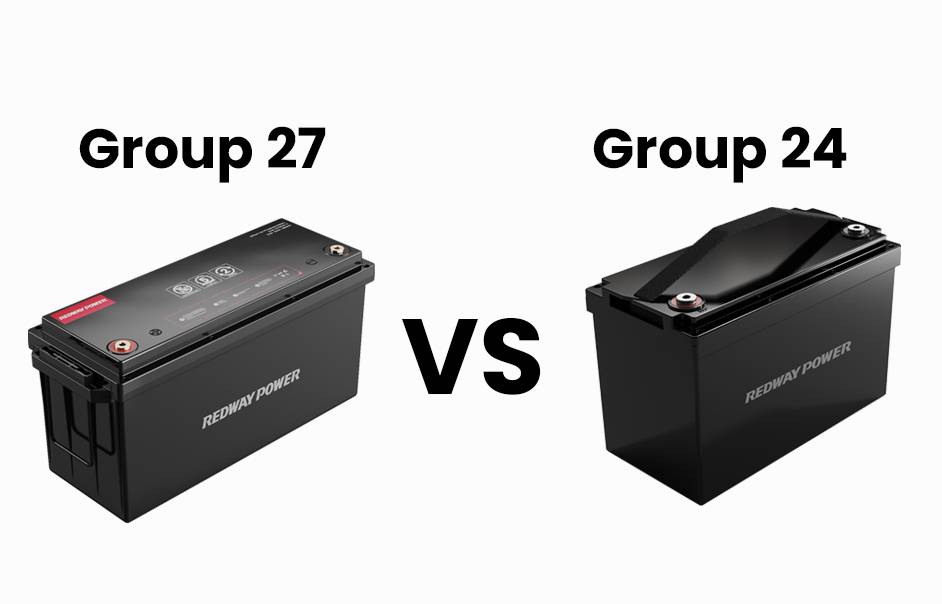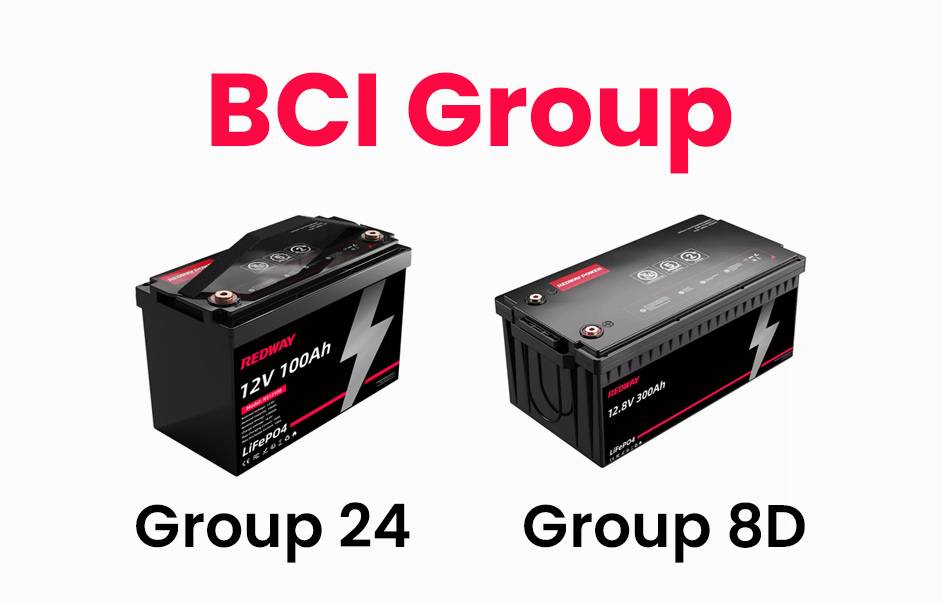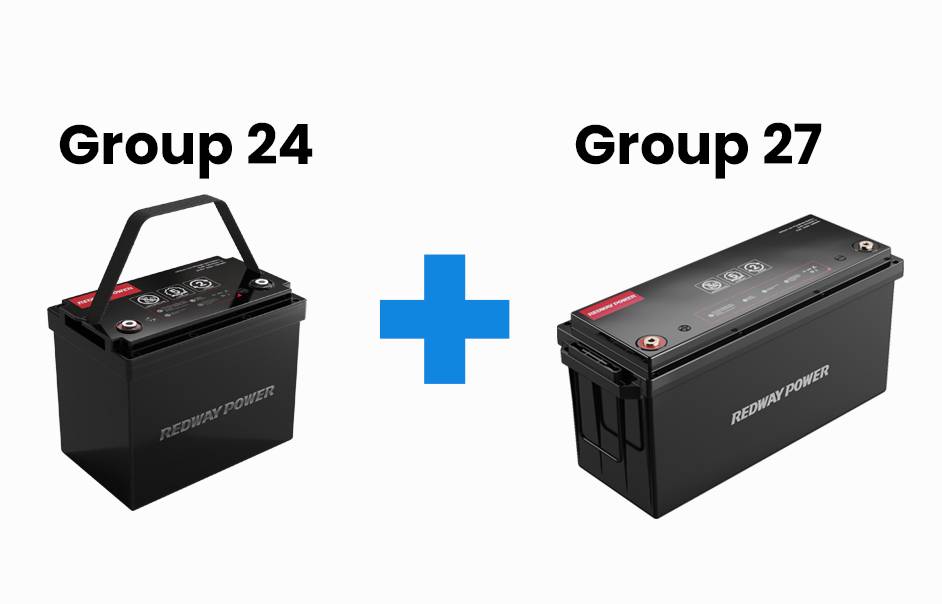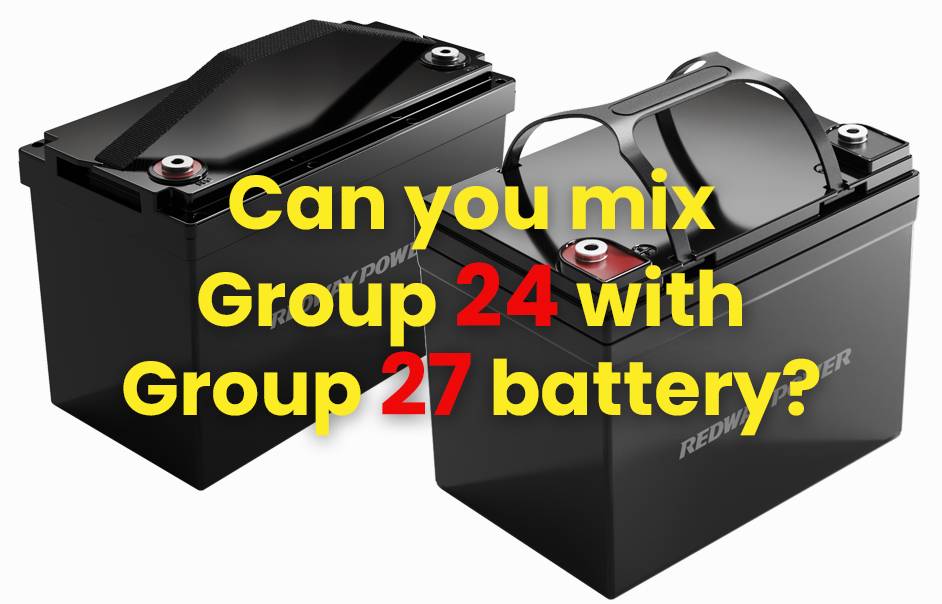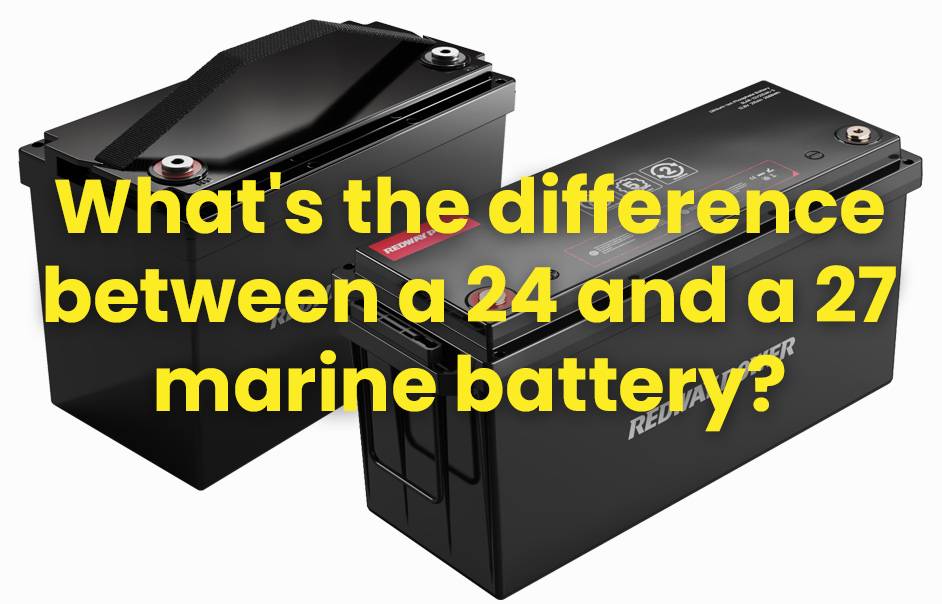Ahoy there, marine enthusiasts! If you’re a boat owner or someone who loves spending time on the water, then you understand the importance of having a reliable power source to keep your vessel running smoothly. That’s where marine batteries come into play. These little powerhouses are crucial for powering your boat’s electrical systems and ensuring that you have an enjoyable and worry-free experience out on the waves.
In this blog post, we’ll dive deep into the world of marine batteries to explore the key differences between two popular options: 27 and 29 marine batteries. Whether you’re in need of a new battery or simply curious about these essential boating components, we’ve got you covered. So sit back, relax, and let’s set sail on this informative journey!
What is a 27 marine battery?
What is a 27 marine battery?
A 27 marine battery is a type of deep cycle battery specifically designed for use in marine applications. It is commonly used to power boats, yachts, and other watercrafts. The number “27” refers to the Battery Council International (BCI) group size designation, which indicates the physical dimensions and electrical capacity of the battery.
The size and weight of a 27 marine battery can vary depending on the specific brand and model, but generally speaking, it tends to be smaller and lighter compared to larger batteries like the 29 marine battery. This makes it more convenient for installation in smaller boats or tight spaces.
In terms of capacity and power output, a 27 marine battery typically has a lower reserve capacity (the amount of time it can deliver a constant current before dropping below a specified voltage) compared to larger batteries. However, it still provides sufficient power for starting engines and running essential onboard equipment such as lights, electronics, pumps, and navigation systems.
When considering cost factors between different types of marine batteries – particularly comparing options like the 27 vs. 29 – price variations may depend on brand reputation or additional features offered by certain models. While prices can fluctuate based on market demand or sales promotions at any given time!
Overall! A well-maintained! high-quality! reliable! And properly sized! Whether you choose a12-volt group-24 emergency backup unit or invest in multiple units wired together to create large bank arrays capable of supporting long-term trips offshore without access ashore!!!
What is a 29 marine battery?
What is a 29 marine battery? A 29 marine battery is a type of deep-cycle battery specifically designed for use in boats and other marine applications. It is commonly used to power trolling motors, fish finders, and other electrical equipment on board.
One key feature of a 29 marine battery is its size. These batteries are typically larger and heavier than their counterparts, such as the 27 marine batteries. The increased size allows for more capacity and power output, which can be beneficial when running multiple devices simultaneously or requiring longer run times.
Capacity wise, a 29 marine battery generally has a higher ampere-hour rating compared to a 27 marine battery. This means it can provide more sustained power over an extended period before needing recharging. Additionally, the higher voltage output ensures optimal performance of various onboard electronics.
When it comes to cost, there may be some variation between brands and models within each category. However, in general terms, due to their larger capacities and enhanced capabilities, the price point for 29 marine batteries tends to be slightly higher than that of the smaller-sized 27 counterparts.
Recommended applications for a 29 marine battery include powering electric trolling motors or serving as house batteries in large watercraft with extensive electrical needs. Their ability to supply continuous power makes them suitable for long excursions or extended periods away from shore-based charging options.
In summary (not conclusive), while both types serve similar purposes—providing reliable power on the water—the differences lie primarily in size/weight, capacity/power output characteristics., cost implications., recommended applications.. Ultimately choosing between these two options will depend on your specific requirements and budget constraints
Key differences between 27 and 29 marine batteries:
Key differences between 27 and 29 marine batteries:
Size and weight: One of the primary differences between a 27 and a 29 marine battery lies in their size and weight. The size is measured by group number, with the 27 being smaller than the 29. This means that if you have limited space on your boat, the compact dimensions of a 27 battery could be advantageous.
Capacity and power output: When it comes to capacity, both batteries offer different levels of energy storage. Generally, a 29 marine battery has higher capacity compared to a 27 battery. This translates into longer running times for your boat’s electrical systems. Moreover, the power output also varies between these two options, with the larger size often providing more cranking amps.
Cost: Cost can also differ significantly between these two types of marine batteries. Typically, due to its larger capacity and power output capabilities, a 29 battery may be pricier than its counterpart – but this can vary depending on brand and other factors.
Recommended applications: Understanding which battery suits your needs best requires considering the recommended applications for each type. A smaller boat or one with minimal electrical requirements might benefit from using a lighter-weight yet still efficient option like a 27 battery. On the other hand, if you have substantial power demands or operate larger vessels frequently, investing in a robust and high-capacity option like a 29 marine battery would be wise.
Choosing between these two options ultimately depends on your specific requirements as well as budget considerations. Assessing factors such as available space onboard, desired runtime for electronics usage or engine starting capability will help determine which type best aligns with your needs.
Remember that maintaining any marine battery properly is crucial for optimal performance over time! Regularly monitoring charge levels, avoiding deep discharges whenever possible along with proper charging techniques are essential steps towards prolonging their lifespan.
In conclusion (not conclusive): Understanding the key differences between 27 and 29 marine batteries is crucial for selecting the right option for your
A. Size and weight
Size and weight play a crucial role when it comes to choosing the right marine battery for your boat. Let’s take a closer look at the differences between 27 and 29 marine batteries in terms of size and weight.
A 27 marine battery is typically smaller and lighter compared to a 29 marine battery. These batteries are designed to fit boats with limited space, such as smaller fishing boats or personal watercraft. They are compact and easier to handle due to their reduced dimensions, making them a popular choice for boaters looking for convenience and portability.
On the other hand, a 29 marine battery is larger and heavier than its counterpart. These batteries are suitable for bigger boats that require more power, like yachts or houseboats. With their increased size, they offer higher capacity and longer running times, making them ideal for extended trips on the water.
When deciding between the two sizes, consider your specific needs and boating requirements. If you have limited space or prefer something lightweight, go for a 27 marine battery. However, if you need more power and don’t mind the extra weight, opt for a 29 marine battery.
Remember that both sizes come with their own advantages depending on your boat type and usage patterns!
B. Capacity and power output
B. Capacity and power output
When it comes to choosing the right marine battery for your boat, understanding the capacity and power output is crucial. The capacity refers to how much energy the battery can store, while the power output determines how quickly that energy can be delivered.
In terms of capacity, a 27 marine battery typically has a lower rating compared to a 29 marine battery. This means that the 29 battery can store more energy and potentially last longer before needing recharging. It’s important to consider your specific power needs when determining which capacity is suitable for your vessel.
Power output also varies between these two types of batteries. A higher-powered 29 marine battery will allow you to start larger engines or run multiple electrical devices simultaneously without draining its reserves too quickly. On the other hand, a 27 marine battery may struggle with heavy-duty applications or prolonged use.
It’s worth noting that both batteries are designed for different purposes, so their respective capacities and power outputs reflect those intended uses. Therefore, it’s essential to assess your requirements before making a decision.
Remember, selecting the right size and type of marine battery will ultimately depend on factors such as boat size, engine specifications, and expected usage patterns. Consulting with experts in this field can provide valuable insights into which option best suits your needs.
Maintaining proper care and charging habits are equally important regardless of whether you choose a 27 or 29 marine battery. By following manufacturer recommendations regarding maintenance routines like regular inspections, clean terminals, proper storage during off-seasons—your chosen battery will serve you well throughout its lifespan.
To summarize (not required):
The differences in capacity and power output between a 27 and 29 marine battery play significant roles in meeting specific energy demands onboard boats of varying sizes and requirements
C. Cost
C. Cost
When it comes to choosing the right marine battery, cost is an important factor to consider. The price of a 27 marine battery and a 29 marine battery can vary depending on various factors such as brand, quality, and features offered.
In general, 27 marine batteries tend to be more affordable compared to their 29 counterparts. This is primarily because they have lower capacity and power output. However, it’s important not solely base your decision on cost alone.
While a 27 marine battery may save you some money upfront, it might not meet the power demands of your specific boating needs in the long run. On the other hand, investing in a higher capacity 29 marine battery might provide better performance and longevity but at a higher cost.
To find the right balance between cost and performance for your boating adventures, assess your power requirements carefully. Consider factors such as how frequently you use your boat, the electronics or accessories you plan to run on board, and any additional charging needs.
Remember that while saving money is always appealing, compromising on quality or capacity could leave you stranded out at sea with insufficient power supply. So weigh all these variables before making your decision.
Overall! It’s essential to strike a balance between cost and functionality when choosing between a 27 or 29 marine battery for optimal performance without breaking the bank!
D. Recommended applications
Recommended Applications:
When it comes to choosing the right marine battery for your boat, understanding the recommended applications for each type is crucial. While both 27 and 29 marine batteries are designed specifically for use in boats, they do have some key differences when it comes to their recommended applications.
The 27 marine battery is typically smaller and lighter than its counterpart, making it a popular choice for smaller boats or those with limited space. It is well-suited for powering basic electronics such as navigation systems, fish finders, and small trolling motors.
On the other hand, the 29 marine battery offers a higher capacity and power output compared to the 27 variant. This makes it suitable for larger boats or those that require more energy to run multiple electronic devices simultaneously. The 29 battery can handle heavier loads like larger trolling motors, onboard refrigerators, and audio systems with ease.
Your choice of battery should depend on your specific boating needs and equipment requirements. Assessing the power demands of your vessel’s accessories will help determine whether a 27 or 29 marine battery is best suited for you.
Remember that regular maintenance is essential regardless of which size you choose!
Which one to choose?
When it comes to choosing between a 27 and 29 marine battery, there are several factors to consider. Both batteries have their own unique features and advantages, so it’s important to assess your specific needs before making a decision.
Size and weight play a crucial role in determining which battery is the right fit for you. A 27 marine battery is generally smaller and lighter than its counterpart, making it ideal for boats with limited space or those that require easy maneuverability. On the other hand, a 29 marine battery tends to be larger and heavier, providing more power but requiring extra room on board.
Capacity and power output should be taken into account. A 27 marine battery typically has a lower capacity compared to a 29 battery. This means that it may not hold as much charge or provide as much sustained power over an extended period of time. However, if you have lower energy demands or only use your boat occasionally, a 27 battery may still be sufficient.
Next up is cost – an important consideration for many boat owners. Generally speaking, due to its smaller size and lower capacity, a 27 marine battery tends to be less expensive than its larger counterpart. If budget is one of your primary concerns or you’re simply looking for something affordable without compromising too much on performance, then opting for a 27 battery might make more financial sense.
Recommended applications can help guide your decision-making process further. While both batteries can handle most general boating needs such as starting engines or powering electronics onboard (such as navigational systems), certain applications might benefit from one type over the other. For example:
– If you have multiple accessories on your boat that require higher energy consumption (e.g., trolling motors), then investing in the higher capacity of a 29 marine battery would likely be advantageous.
– Conversely if you primarily use your boat for short trips or leisurely cruising where power demands are minimal, a 27 battery may be more than sufficient for your needs
Tips for maintaining your marine battery
Tips for maintaining your marine battery
Proper maintenance is crucial to ensure the longevity and optimal performance of your marine battery, regardless of whether you choose a 27 or 29 model. Here are some essential tips to keep in mind:
1. Regular Inspections: Periodically inspect your battery for any signs of damage, leakage, or corrosion. If you notice any issues, address them immediately.
2. Cleanliness: Keep the battery clean by removing dirt and debris from its terminals regularly. This will help maintain good electrical connections.
3. Charging: Follow the manufacturer’s instructions when charging your marine battery. Overcharging can lead to damage, while undercharging can result in reduced capacity.
4. Storage: If you store your boat during the offseason, make sure to remove the battery and store it in a cool and dry place away from extreme temperatures.
5. Maintenance Schedule: Establish a regular maintenance schedule that includes cleaning terminals, checking electrolyte levels (if applicable), and testing voltage output.
6. Avoid Discharge: It’s best to avoid completely discharging your marine battery as this can shorten its lifespan significantly.
7. Proper Ventilation: Ensure that there is adequate ventilation around the battery area to prevent overheating during operation.
By following these simple yet effective maintenance tips, you can maximize the lifespan and performance of both 27 and 29 marine batteries!
Remember that choosing between a 27 or 29 model depends on factors such as size requirements, power needs, budget constraints, and intended applications for your boat or vessel.

